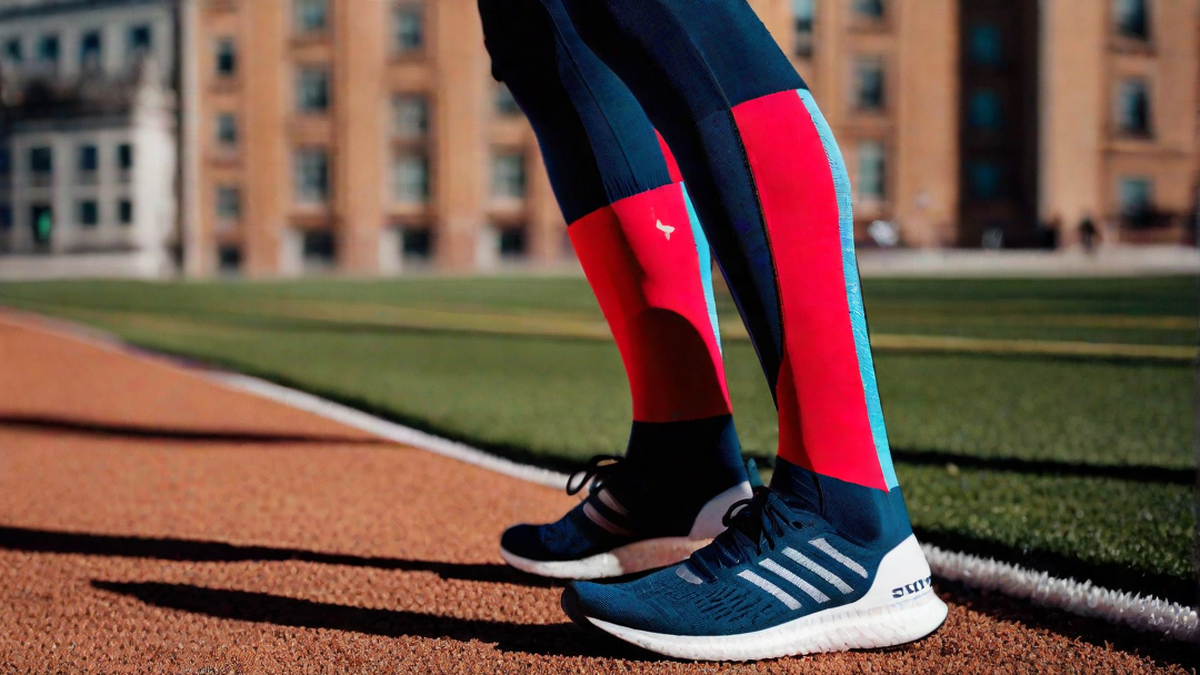When it comes to running, every little detail matters. From the shoes we wear to the clothes we choose, it’s important to consider the impact of each item on our performance and overall comfort. One often overlooked piece of running gear is socks. Yes, socks may seem insignificant, but trust me, they can make a world of difference. As an avid runner myself, I’ve experimented with different materials and designs, and I’m here to share my insights on what running socks should be made of.
Moisture-Wicking Fabrics
The first and most crucial characteristic of running socks is their ability to wick away moisture. Running is a high-intensity activity that causes our feet to sweat. If the moisture is not properly managed, it can lead to blisters, discomfort, and even fungal infections. Therefore, look for socks made from moisture-wicking fabrics such as polyester, nylon, or merino wool. These materials have excellent moisture management properties, keeping your feet dry and comfortable throughout your run.
Seamless Construction
We all know the frustration of a sock seam rubbing against our toes during a run. To avoid this annoyance, opt for socks with seamless construction. Seamless socks help prevent friction and reduce the risk of blisters. They offer a smooth, comfortable fit that will keep your focus on the road ahead, rather than your irritated feet.
Padding and Cushioning
Another important factor to consider when choosing running socks is the level of padding and cushioning they provide. The impact of every step can take a toll on your feet, so it’s essential to find socks that offer sufficient cushioning in key areas such as the heel and ball of the foot. Look for socks with strategically placed padding to provide extra support and reduce the risk of injury.
Compression
Compression socks have gained popularity among athletes for their ability to enhance performance and aid in recovery. These socks apply gentle pressure to the legs, increasing blood circulation and reducing muscle vibration. The extra support and improved blood flow can help reduce muscle fatigue and improve overall endurance. If you’re looking to take your running to the next level, consider giving compression socks a try.
Personal Preference
While all the technical aspects mentioned above are important, it’s also crucial to consider personal preference when choosing running socks. Some runners prefer thin, lightweight socks, while others prefer thicker, more cushioned ones. It’s all about finding what works best for you and your feet. Don’t be afraid to try out different styles and materials until you find the perfect fit.
Conclusion
Choosing the right running socks may seem like a trivial decision, but it can greatly impact your running experience. Opt for socks made from moisture-wicking fabrics, with seamless construction, sufficient padding, and consider trying compression socks for added benefits. Remember, finding the perfect running socks is a personal journey, so take the time to experiment and find the pair that makes you feel comfortable and confident in every stride.

